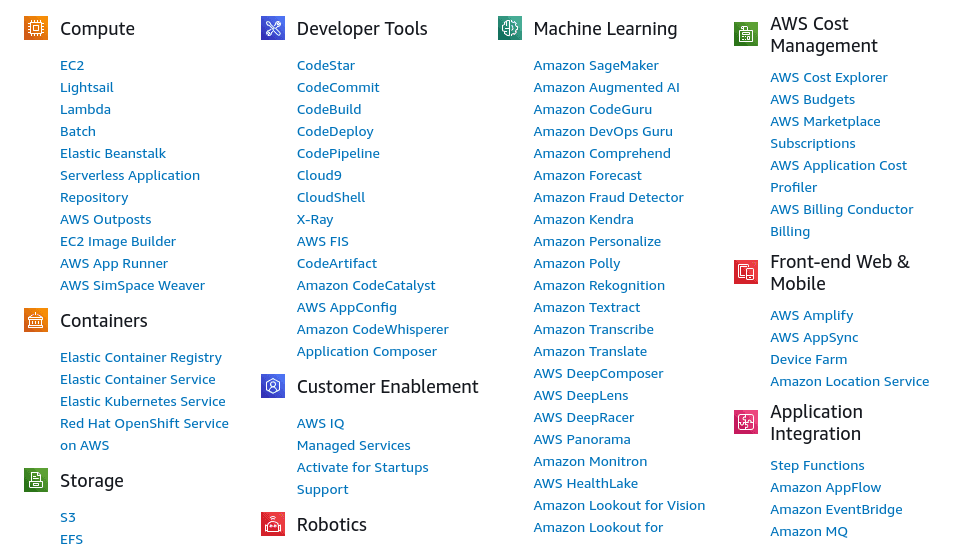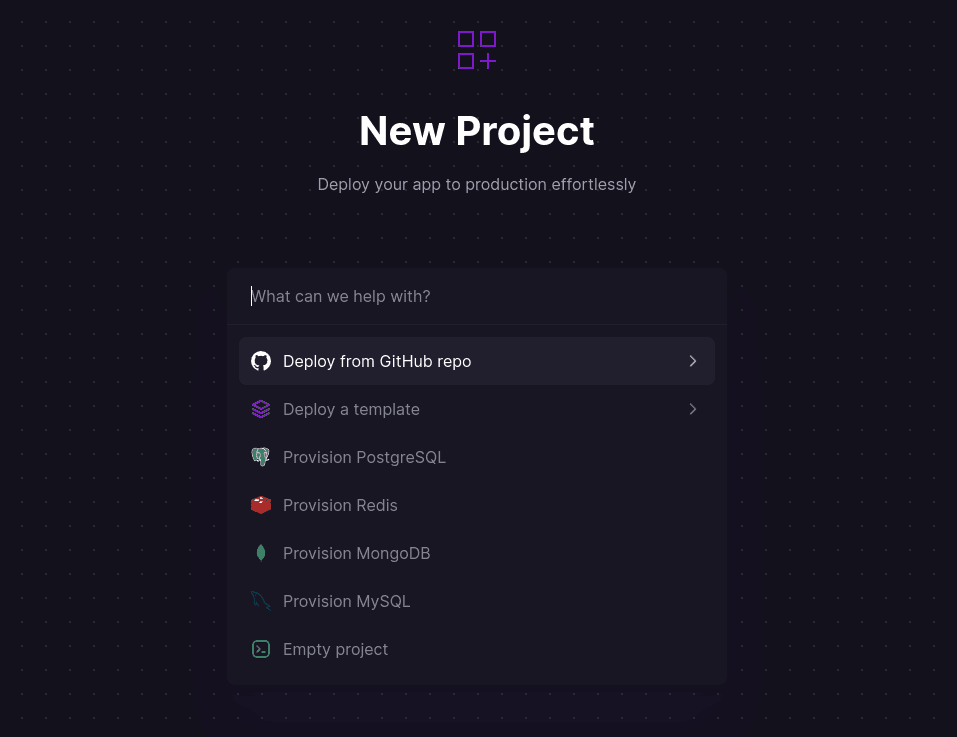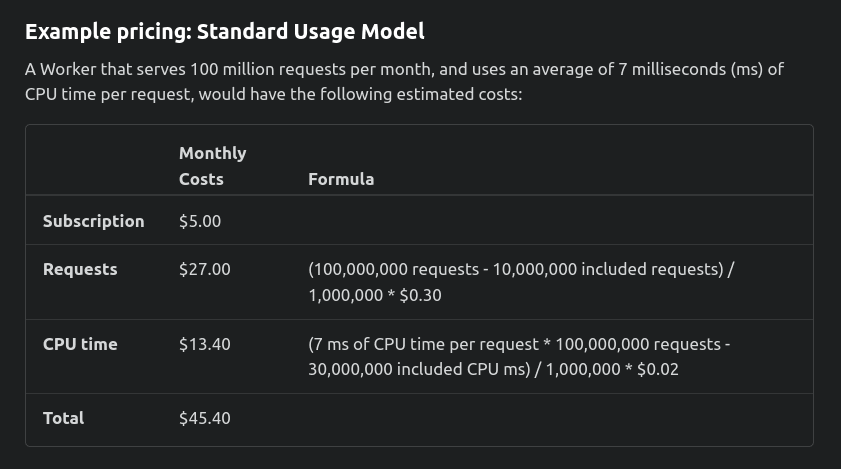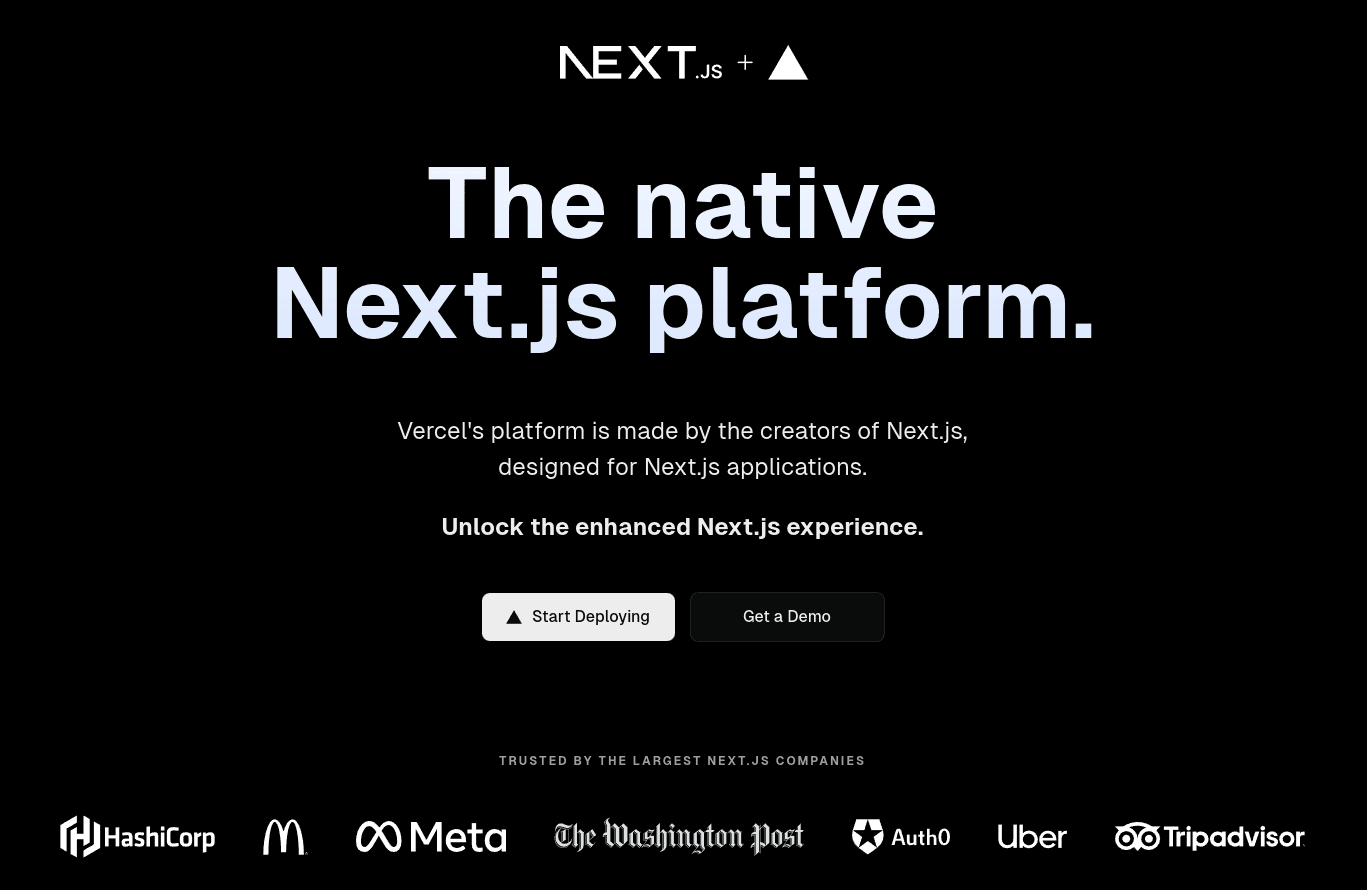Introduction
In today's rapidly evolving tech landscape, choosing the right infrastructure solution for your software project is a critical decision. Traditionally, the responsibilities of developers and operations teams were well-defined, with developers focusing on code creation and testing while operations teams managed the infrastructure. However, this setup often required scaling up the operations team, leading to increased costs and potential miscommunication between the two teams.
Today, we have the advantage of leveraging managed infrastructure services, giving developers more control over the infrastructure through user-friendly tools. This not only reduces hiring costs but also streamlines communication between development and operations teams, ultimately speeding up time to market.
In-House Infrastructure
The idea of owning a data center filled with servers, cables, and blinking LEDs may sound appealing, but the effort required to maintain it is substantial. In the past, companies needed significant initial capital to invest in hardware and physical space for servers. Operations teams were tasked with the complex responsibility of managing both hardware and software configurations. Additionally, disaster recovery planning necessitated extra space for data backups. This level of commitment can be daunting, especially for startups looking to test their ideas quickly. This is where cloud solutions come to the rescue.

In-House Infrastructure. Photo by İsmail Enes Ayhan on Unsplash
The Cloud
Fortunately, Amazon recognized the market gap and launched Amazon Web Services (AWS) in 2006. AWS has since evolved to offer over 200 services, providing a powerful platform for building almost anything imaginable. However, the flexibility and power of AWS come with added complexity. Even with AWS managing the hardware, you're still required to configure many aspects, such as permissions, networking rules, monitoring, alerts, autoscaling, and deployment. As your project grows in scale and complexity, so does the need for an operations team, incurring additional costs and diverting resources away from implementing essential business features.

AWS Services. [Source]
At MakersDen, we are well-versed in AWS. However, when starting a project that's not already on AWS, we recommend exploring faster solutions to help our clients reach their target audience as swiftly as possible.
Platforms Built on Top of the Public Cloud
Many applications do not require the full complexity of AWS. This is where platforms built on top of the public cloud, such as Render and Railway, come into play. Users can seamlessly connect their GitHub repositories, and the platform takes care of the rest, including setting up permissions, networking rules, monitoring, alerts, and more. This eliminates the need for an operations team, making configuration straightforward, even for developers who are new to the field.

Railway new project page. [Source]
While these services may be slightly more expensive due to the combined Cloud Resources and Platform Fee, the overall cost is significantly reduced as you no longer need to hire personnel to manage your infrastructure. You only pay for the servers you actively use, making it a cost-effective choice.
Serverless
Serverless computing is a game-changer. With this approach, you pay only for the time your code is running. If your application experiences lulls in usage, you pay nothing during those periods. This eliminates overprovisioning and overpricing.

Cloudflare workers pricing. [Source]
Major players like AWS and Cloudflare offer infrastructure for serverless solutions, but managing this infrastructure can be more time-consuming than necessary. That's where solutions like the Serverless Framework shine. You specify the serverless resources you need, and the framework takes care of the management.
In the context of the React ecosystem, Next.js stands out as a framework we deeply appreciate, offering an appealing solution. The creators of Next.js developed Vercel, a deployment platform that seamlessly integrates with major frontend frameworks. When using Next.js, developers can write code without worrying about infrastructure. At the build step, all server code is automatically converted to serverless functions and deployed to the public cloud. This approach saves time, money, and energy, benefiting both businesses and engineers.

Next.js + Vercel page. [Source]
It's important to note that serverless may not be suitable for all scenarios. If you require a constantly running background worker, a traditional server solution might be more appropriate.
Conclusion
When choosing the right infrastructure solution for your software project, consider your specific needs:
If your project doesn't require constantly running servers, serverless is an excellent choice.
For full-stack applications, Next.js with Vercel offers an optimal solution.
If you only need to host a backend, the Serverless Framework can meet your requirements.
When serverless isn't an option, consider cloud-based platforms like Render and Railway. These platforms simplify infrastructure management, eliminating the need for dedicated operations teams by handling setup, permissions, networking, monitoring, and more.
For those who require complete control over every aspect of their infrastructure workload, whether serverless or serverful, AWS provides a powerful and versatile infrastructure solution.
At MakersDen, we have experience with all these solutions and can assist you in achieving your business goals. Whether you need serverful or serverless applications, we've got you covered.




